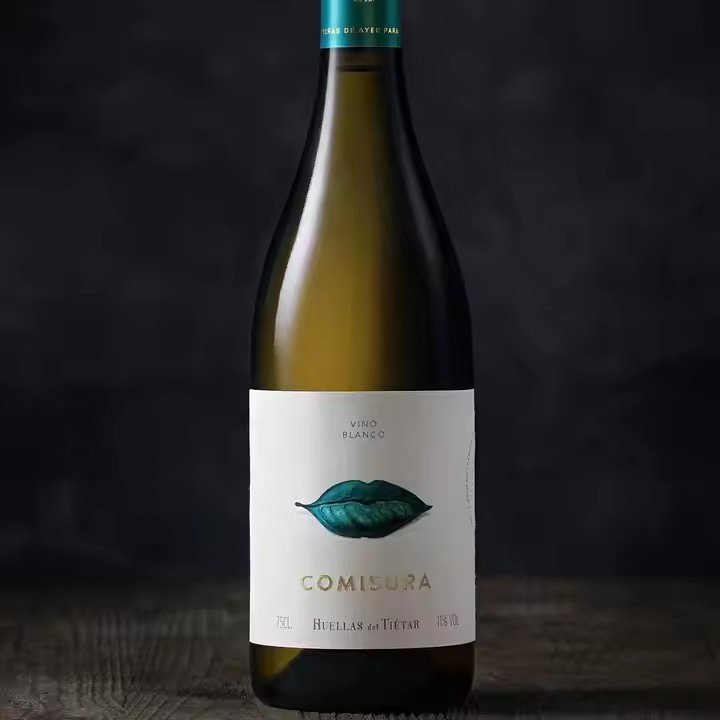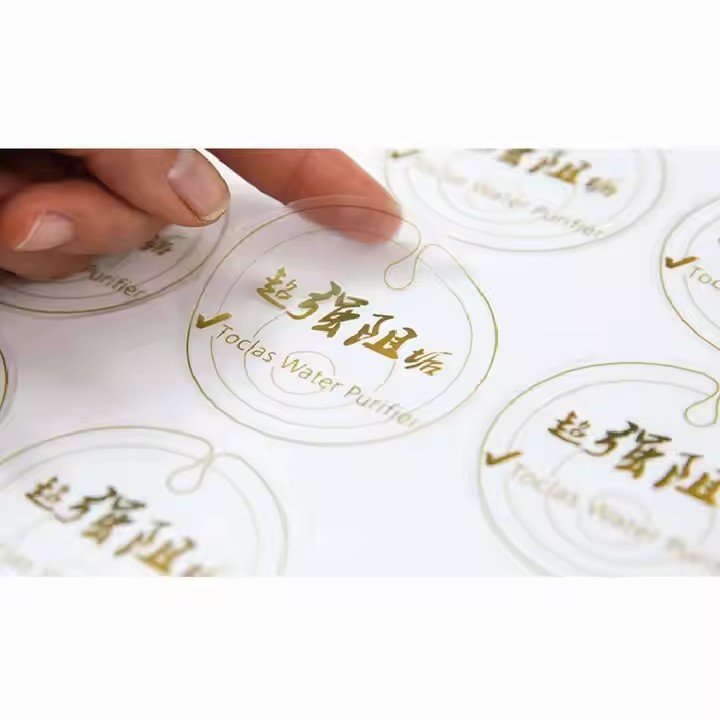- Define the Core Selection Principles
The material of wire labels must meet four key requirements, forming the foundation for proper selection:
Durability: Must withstand physical wear, chemical corrosion, and temperature/humidity fluctuations in its working environment while remaining legible over time.
Compatibility: Material hardness and flexibility should match the wire diameter and installation space, ensuring that the label does not affect cable bending or equipment operation.
Legibility: The surface material must support printing or handwriting without smudging or fading, while ensuring both visual clarity and scannability.
Compliance: In industrial applications, materials must comply with certifications such as UL and CE, meeting flame-retardant and environmental standards to ensure safety.
- Select Materials Based on the Usage Environment
Different environments impose very different performance demands. Matching material to the application setting is the most important factor.
(1) Normal Temperature and Dry Environments
Applications: offices, home appliances, standard server rooms
Recommended materials: Paper labels, standard polyester (PET) labels
Features & Use:
Paper labels: Low cost, easy to write on, ideal for temporary or low-maintenance identification; should be laminated to enhance water resistance and prevent wrinkling.

Standard PET labels: Temperature range –40°C to 120°C, water- and oil-resistant, tear-proof, printable, ideal for long-term indoor wiring or distribution cabinet use.
Note: Avoid direct exposure to oil or moisture, as this may blur printed text.
(2) High-Temperature Environments
Applications: industrial boilers, engine compartments, high-temperature leads
Recommended materials: Polyimide (PI, known as Kapton), high-temperature polyester
Features & Use:
PI labels: Temperature range –269°C to 300°C; excellent thermal and chemical stability, suitable for extreme heat conditions like engines and furnaces.
High-temperature PET labels: Temperature range –40°C to 180°C; more flexible and cost-effective than PI, ideal for applications under 180°C such as inverters or heater wiring.
Note: Use high-temperature-resistant ink to prevent carbonization or peeling during prolonged exposure.
(3) Humid or Wet Environments
Applications: outdoor wiring, water treatment systems, underground cables
Recommended materials: Vinyl (PVC) labels, polypropylene (PP) labels
Features & Use:
PVC labels: Fully waterproof, flexible, and weather-resistant; tightly adheres to cables, suitable for outdoor and underground environments.
PP labels: Resistant to water and corrosion, slightly harder than PVC, suitable for thicker cables or hanging identification tags.
Note: For outdoor use, choose UV-resistant formulations to prevent brittleness from long-term sun exposure.
(4) Chemical Exposure Environments
Applications: chemical plants, laboratories, acid/alkaline equipment wiring
Recommended materials: Polytetrafluoroethylene (PTFE) labels, chemical-resistant PET labels
Features & Use:
PTFE labels: Resistant to strong acids, bases, and organic solvents; temperature range –200°C to 260°C; ideal for chemical reactors and lab instruments.
Chemical-resistant PET labels: More cost-effective; resistant to common acids, alkalis, and oils; suitable for general chemical plant use.
Note: Avoid use in strong oxidizing environments, which may affect material stability.
(5) Abrasive or High-Friction Environments
Applications: cable trenches, moving cables, machinery wiring
Recommended materials: Nylon labels, thick PET labels

Features & Use:
Nylon labels: Excellent abrasion resistance and flexibility; withstand cable bending and dragging, ideal for crowded or movable wiring.
Thick PET labels: Thickness ≥0.15 mm, high surface hardness, scratch-resistant; suitable for fixed points or cable joints subject to friction.
Note: Ensure tight adhesion to avoid edge curling and extra wear.
- Select Materials According to Installation Method
Installation method directly affects material suitability; choose based on actual use conditions:
Wrap-around installation:
For thin wires (≤10 mm diameter)
Recommended: PVC or thin PET labels — soft and flexible, easily wrapped, with adhesive or heat-sealable options.
Hanging installation:
For thick cables (≥10 mm diameter)
Recommended: PP or thick PET labels — rigid enough to maintain form, can be used with strings or clips to prevent displacement.
Adhesive installation:
For terminal blocks or fixed wiring
Recommended: adhesive-backed PET or PVC labels — use acrylic or silicone-based adhesives for strong, aging-resistant bonding, especially under heat.
Heat-shrink installation:
For tight-fitting applications
Recommended: heat-shrink tube labels (polyolefin material) — shrink around the wire after heating, offering waterproof and abrasion-resistant protection; select shrink ratio (2:1 or 3:1) to match wire diameter.
- Additional Selection Considerations
Printing Compatibility:
Inkjet printing: Choose coated materials (e.g., coated PET or paper labels) to prevent ink bleeding.
Laser printing: Suitable for PET or PP materials that can withstand higher heat for durable marking.
Handwriting: Paper or soft PVC labels work best, used with oil-based pens to prevent fading.


